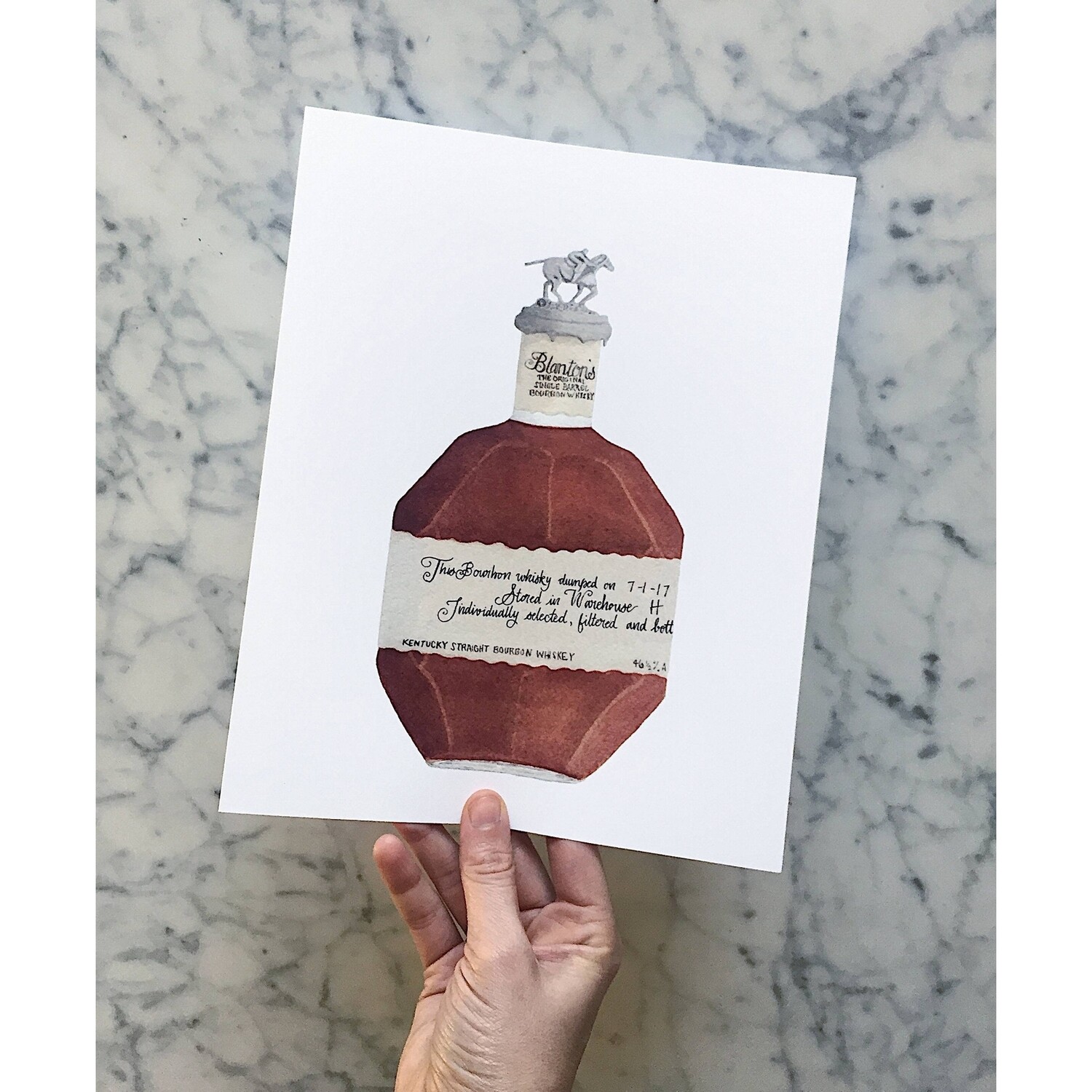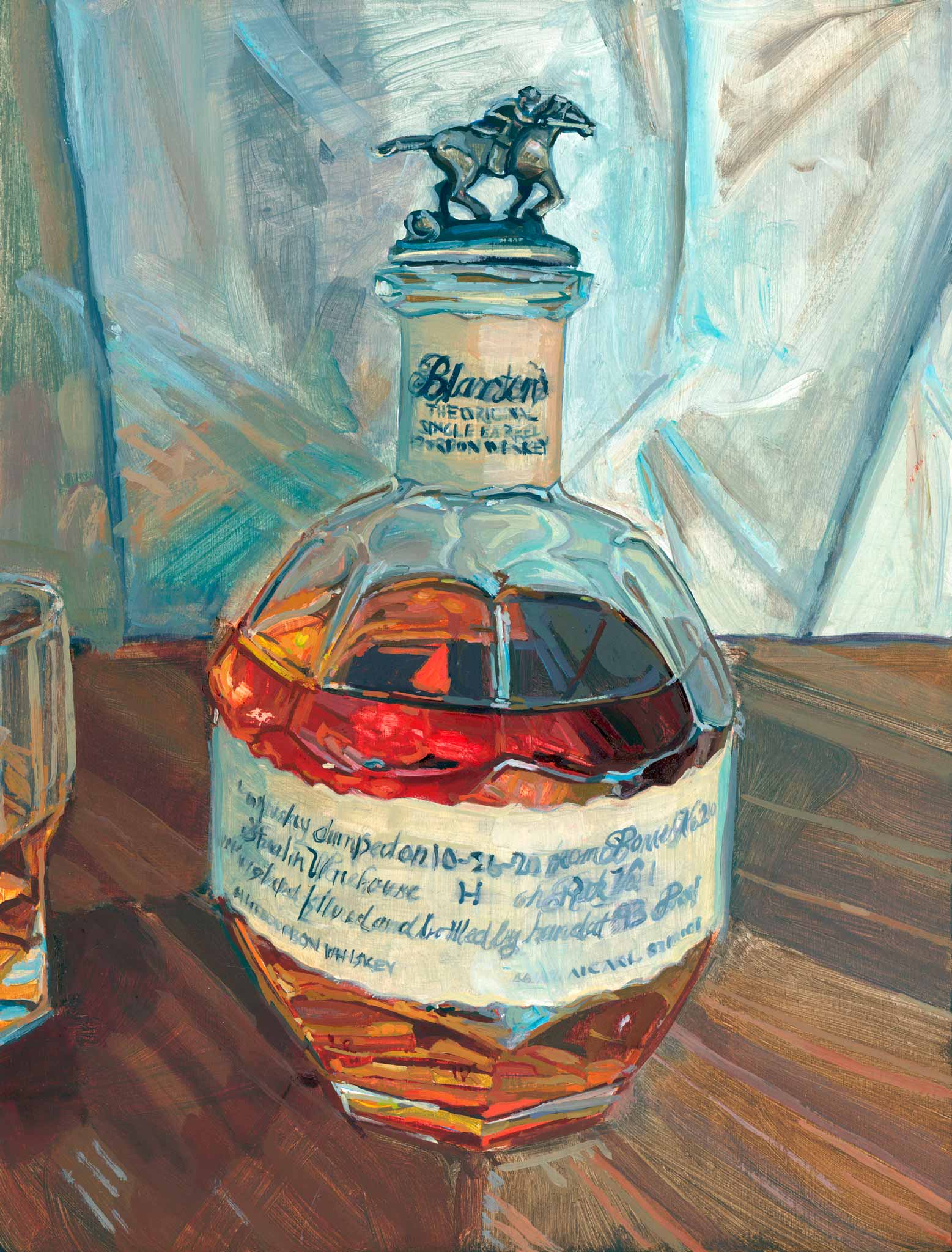Revealing the Charm of Bourbon Art: A Tribute to Craft Distillers
Revealing the Charm of Bourbon Art: A Tribute to Craft Distillers
Blog Article
Catching the Significance of Scotch Art Through Special Visual Depictions and Designs
The art of whiskey expands past the liquid itself, showing up with a range of visual representations that envelop its fabled heritage and workmanship. From the meticulous layout of labels that convey brand stories to evocative digital photography that catches the spirit's allure, each artistic expression serves to improve the consumer's trip. As the sector accepts contemporary patterns, the discussion bordering these depictions ends up being complex and increasingly abundant, meaning deeper connections in between culture and imagination. What stays to be revealed is just how these advancing styles show not just the bourbon itself however also the transforming landscape of imaginative interpretation.
The History of Bourbon Art

As whiskey production spread, so also did the desire to raise its experience through art. From the complex engravings on early casks to the intricate tags of modern containers, each element shows an unique creative vision, functioning as a visual story of the whiskey's heritage.
In the 19th and 18th centuries, the increase of the industrial revolution even more boosted scotch art, bring about ingenious packaging and marketing that caught consumer focus. Developers and musicians began experimenting with looks, imbuing whiskey-related imagery with symbolic definitions that conveyed concepts of workmanship, area, and practice.
Today, bourbon art remains to develop, blending conventional techniques with contemporary art kinds. Whiskey Art. This ongoing discussion between the spirit and its graph emphasizes the enduring bond in between whiskey and society, enriching the overall experience for fanatics worldwide
Iconic Bottle Layouts
While many variables contribute to the allure of whiskey, legendary container designs play an essential duty in forming customer assumption and improving the overall experience. The visual presentation of whiskey bottles is not just an aesthetic consideration; it works as a bridge in between the customer and the item, evoking emotions and establishing expectations.
Distinctive forms, materials, and closures can elevate a scotch brand's identification, making it promptly identifiable on crowded racks. For circumstances, the classic Glenfiddich container, with its sophisticated tapered shape, communicates a feeling of custom and workmanship, while the strong, modern style of the Balvenie bottle shows advancement and sophistication. The use of colored glass or one-of-a-kind structures can recommend the quality and character of the bourbon within.
Iconic styles often integrate aspects of social heritage, signifying the brand's history and link to its origins. Brands like Jack Daniel's use an uncomplicated, robust design that resonates with its American scotch heritage. Inevitably, the impact of bottle style expands past mere performance; it envelops the significance of the brand name, welcoming consumers to delight and discover in the abundant tapestry of bourbon society.
Tag Art Work and Branding
Bottle styles commonly establish the stage of what consumers can expect, but label art work and branding play a just as substantial duty in connecting a bourbon's identification. The label acts as the first factor of call in between the product and the consumer, enveloping the significance of the scotch within its visual elements.
Effective tag art work integrates imagery, typography, and shade to create a story that reverberates with the brand's heritage and target audience. As an example, a tag featuring vintage typefaces and complex pictures might stimulate a sense of practice and workmanship, appealing to aficionados. On the other hand, strong colors and modern-day design components may bring in a younger group seeking innovation and exhilaration.


Digital Photography and Visual Narration
Catching the significance of whiskey with digital photography and aesthetic storytelling is an art form that raises the brand name experience. This tool goes beyond plain product representation, delving into the complex stories that border each container. By employing compelling imagery, professional photographers can evoke feelings that reverberate with customers, inevitably building a much deeper link to the bourbon brand name.
Aesthetic narration in bourbon digital photography frequently utilizes rich textures, lighting, and structure to highlight the distinct attributes of the spirit. The interplay of light and shadow can highlight the amber colors of scotch, while the option of background elements-- such as rustic barrels or elegant glassware-- can reinforce the brand name's heritage or way of living organizations.
In addition, recording the ceremonial elements of whiskey consumption, from the putting to the sampling, invites audiences into a sensory experience, allowing them to visualize the tastes and scents that await. Each photograph not just showcases the item however also narrates of workmanship, tradition, and the minutes that whiskey can boost - Bourbon Art. Hence, photography ends up being an effective tool in articulating the identification of scotch brands, placing them within the wider cultural landscape
Arising Patterns in Whiskey Art
The advancement of scotch art is increasingly why not try here formed by contemporary trends that show broader social shifts and customer preferences. One famous fad is the combination of sustainability right into art methods. Artists are currently utilizing green processes and recycled products to produce whiskey-themed items, resonating with eco mindful customers. This shift not just highlights the importance of sustainability yet also improves the narrative surrounding bourbon production.
Additionally, electronic art has actually surged in popularity, enabling cutting-edge representations of scotch. Musicians are leveraging technology to craft immersive experiences, such as augmented truth installments that engage audiences and supply a much deeper understanding of whiskey's cultural importance. This pattern additionally extends to social networks platforms, where aesthetically striking web content amasses attention and fosters neighborhood among fanatics.
Additionally, collaborations between bourbon brand names and artists are ending up being a lot more typical. These collaborations official statement generate limited-edition product packaging designs and exclusive artworks that celebrate both the craftsmanship of whiskey and the creativity of artists. As whiskey art remains to develop, these emerging trends will unquestionably shape its future, promoting a dynamic crossway of culture, sustainability, and technology within the whiskey community.
Verdict
To conclude, the art of scotch includes a diverse array of visual depictions that mirror its abundant heritage and craftsmanship. From renowned bottle layouts and detailed tag artwork to compelling digital photography, each component adds to a wider narrative that boosts the customer's experience. As emerging trends, such as electronic art and sustainability, continue to shape this imaginative landscape, the complex identity of whiskey continues to be a withstanding source of social link and exploration.

In conclusion, the art of whiskey encompasses a varied selection of aesthetic depictions that show its rich heritage and craftsmanship.
Report this page